
Goa Update: Change is the only constant
The great thing about Goa is that it is always changing. It is an amazing hub of creativity and innovation, attracting people from all over India – and the world – who want to try something new. For various reasons, I couldn’t return to Goa, which I consider my second home, in 2023 and so I had to make up for it in March this year. I love the buzz and vibe of the Goa scene and I missed it sorely. On this trip, I made many new cultural discoveries and stayed in a couple of resorts that afforded dramatically different experiences.
Aguad
A recent addition to the cultural scene in Goa is Aguad – from the Portuguese words agua (water) and da (gives) – which encompasses the Aguad Port and Jail Complex. A unique private–public partnership between Waterfront Experiences and the Goa Tourism Development Corporation, this is now a vibrant hub for museums, restaurants, and entertainment which opened its doors to the public in August 2022, with visitors averaging 500 daily.
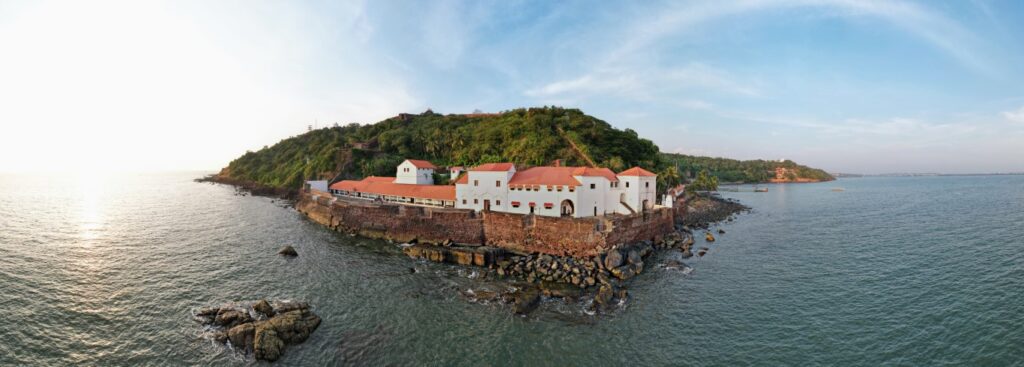

Founded in 1612 as a defensive stronghold against the Maratha and Dutch navies at the mouth of the Mandovi river, this settlement also served as a trading outpost. The former customs house, warehouses, and jetty now house a variety of restaurants and cafes, including Black Sheep Bistro, Motley Brew, and Namaste Chai. For visiting ships, Port Aguad also offered the highest water replenishment capacity in Asia, owing to its natural freshwater aquifer and rainwater-harvesting cistern.
A heritage walk of Aguad is offered by Make It Happen, an experiential travel company, which I wrote about in a CNN piece on sustainable tourism in Goa. The lower ramparts of Fort Aguad have bare whitewashed walls and consist of the former armoury, barracks, and officers’ quarters, all with attractive neat red roofs. They also served as a place for the imprisonment and torture of political prisoners during the dark days of the 1930s and 1940s when the freedom struggle began in Goa. Looking out from these bare cells through the barred windows at the glittering waters of the bay beyond must have been its own form of anguish for prisoners sentenced to life imprisonment.
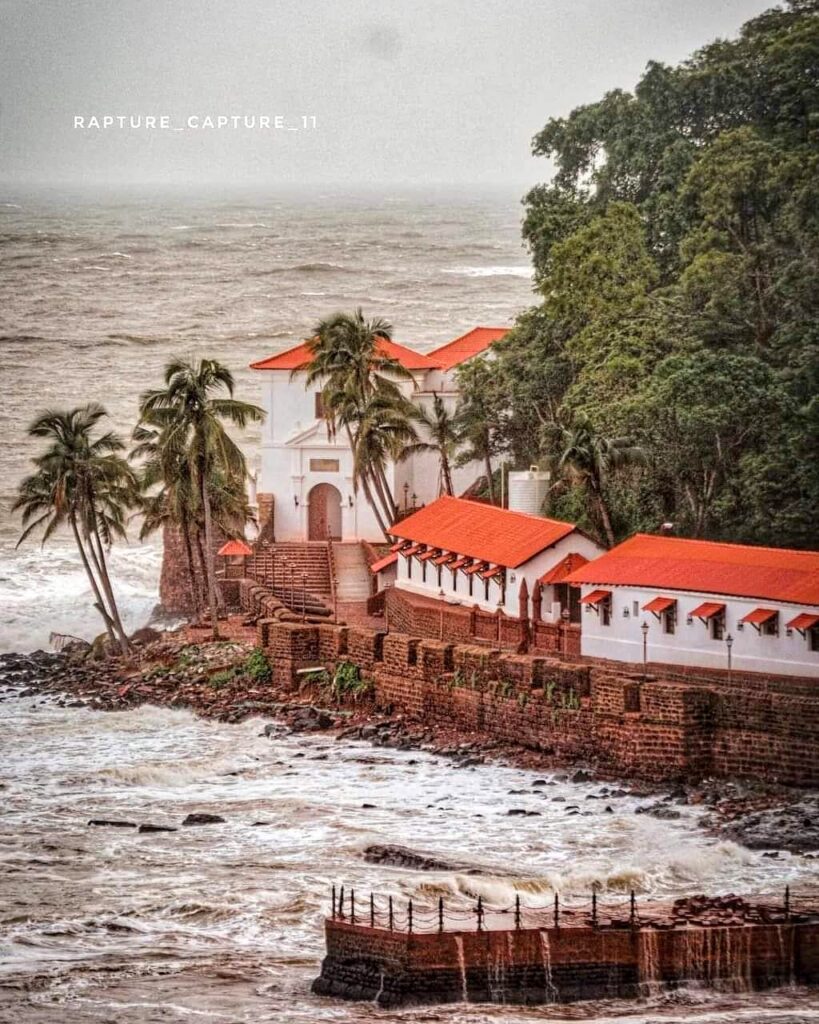

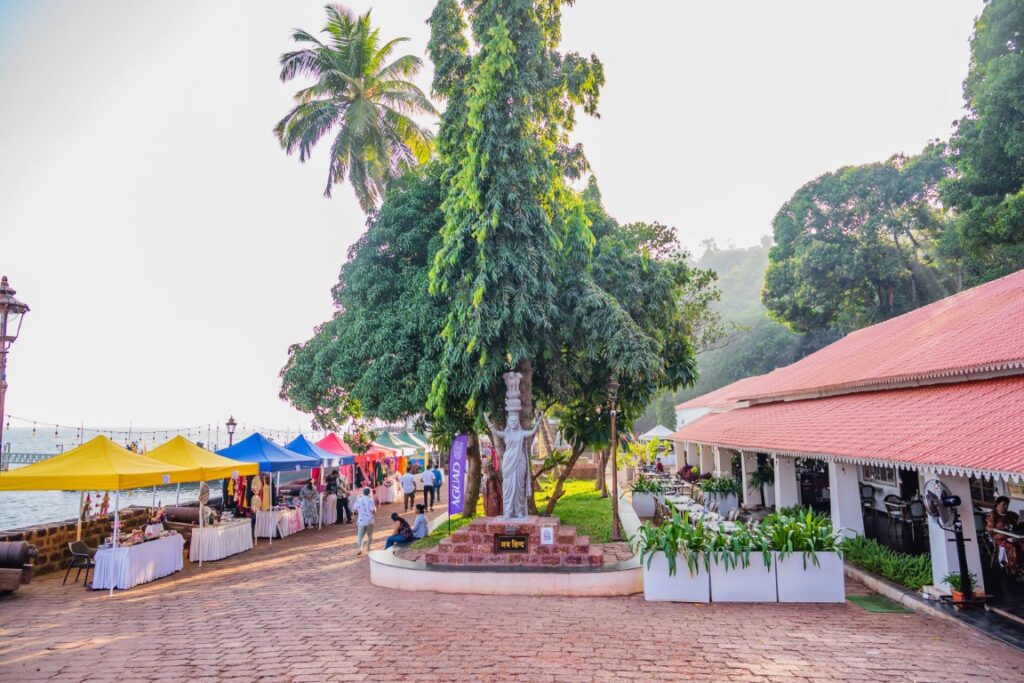

For me, the highlight of Aguad was the digital interactive museum, spread out over three prison cells, which presents an engrossing narrative of Goa’s rich culture and heritage through the innovative use of touchscreens, buttons, and levers. Each cell has a different theme: The Land focuses on the topography and geography of Goa; The Struggle takes you through Goa’s journey to liberation; and The People introduces you to the culture, lifestyle, and traditions of the peoples of Goa. Overall, it’s a highly interesting and informative display (included in the entry price of Rs 200 for Aguad), though one wishes visitors were offered more multiple-choice quizzes as part of the digital interactive experience to stimulate thinking and learning.
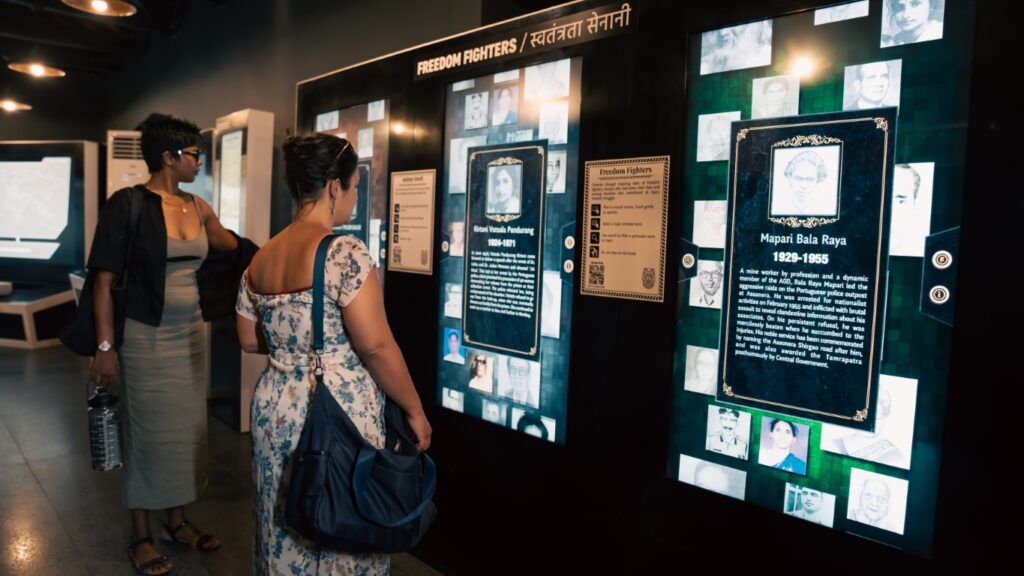

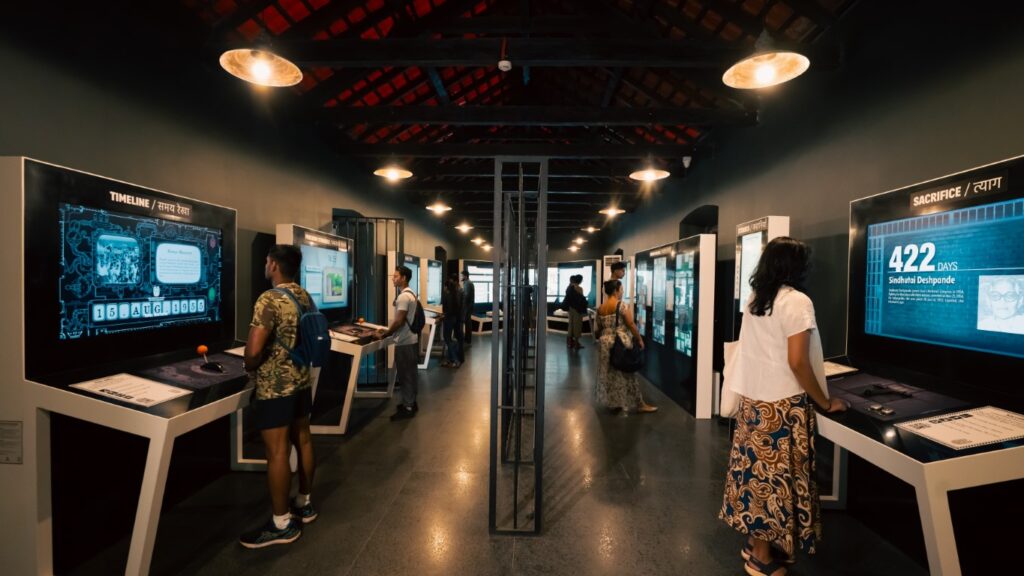

BAIA by Tellado
Tucked away in an isolated corner of North Goa is Tellado Villas’ striking vision of luxurious villa living. Soaring out of a dense green jungle is a cluster of buttressed arches, painted in bright pink and blue. This is part of BAIA (meaning small bay in Portuguese), a set of six double-storeyed villa homes, which opened in February 2024. The villas are available for rent at Rs 30,000 per day.
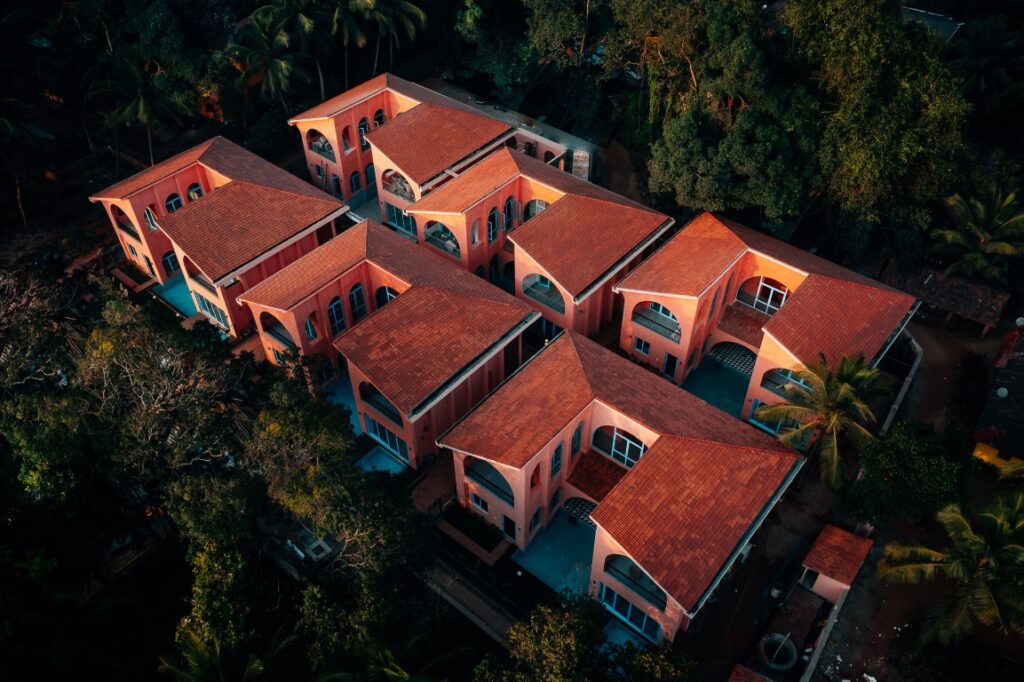

The villas offer a thoroughly plush environment, featuring every modern amenity and elegant furnishings and fittings. There are two bedrooms on the first floor and one on the ground, and these are spacious, with high ceilings and sloping roofs. Strategically placed spotlights create a bright ambience. On the ground floor is a large living/dining room with a table setting for six. This gives onto a covered patio and a kitchen on the opposite side. From the patio, you can slip into the small square swimming pool. There is a jacuzzi tucked away in one corner of the plot . The villa I stayed in comes with the services of a chef, Bobby Singh, who put together an excellent Goan meal for my guests one evening.
Mandrem beach is a short five-minute drive away and everyday necessities can be got from the village, which is within walking distance.
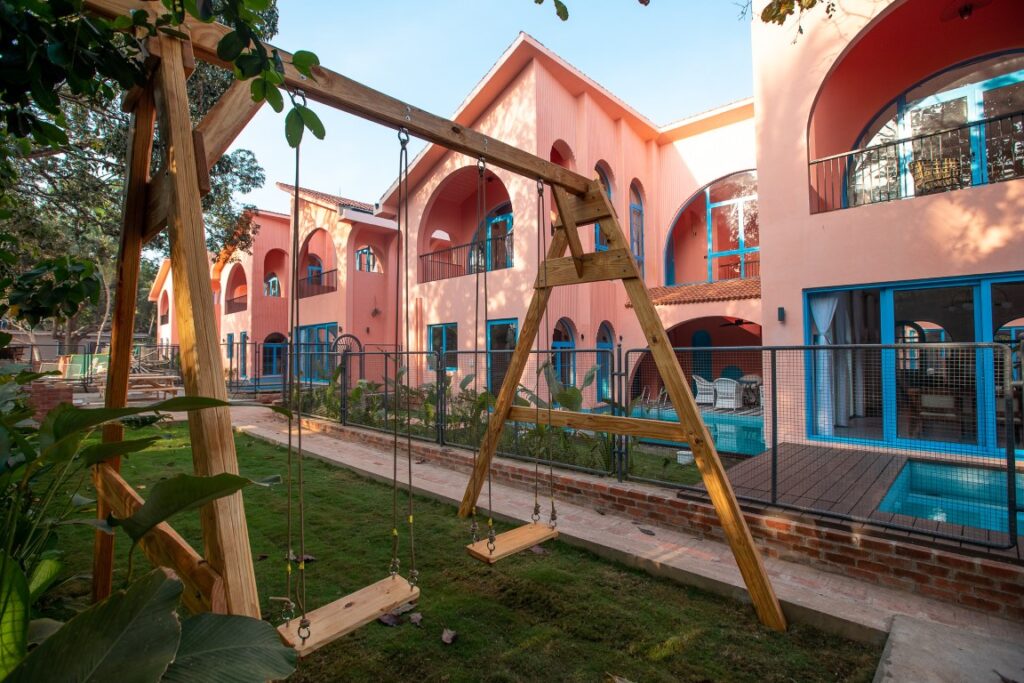

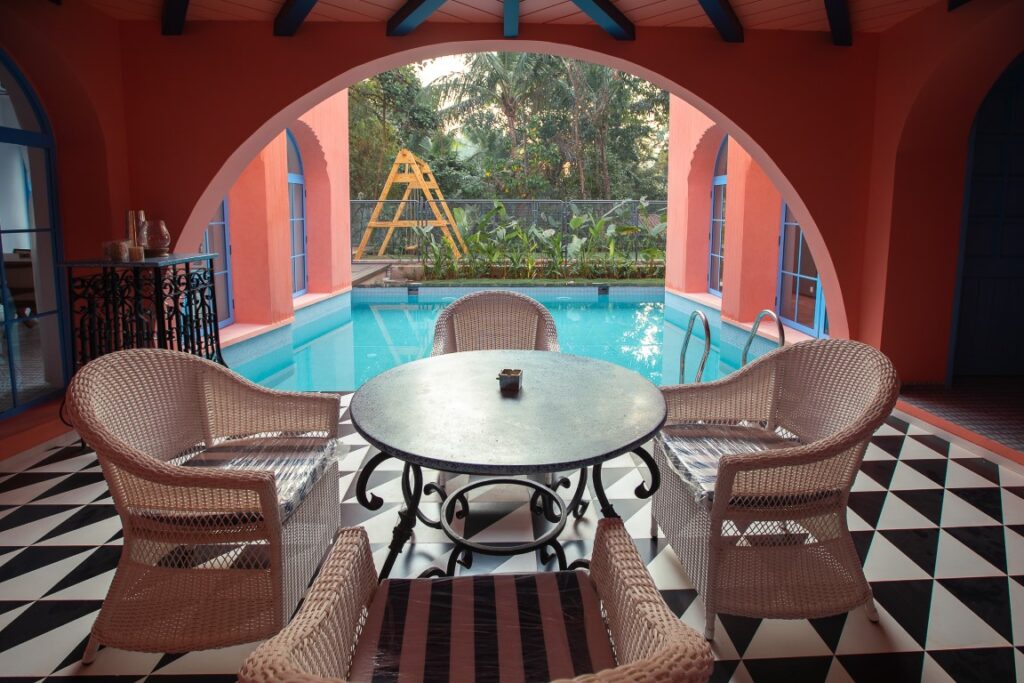

BAIA is clearly not for everyone. You won’t find any hint of traditional or conventional Goa as we imagine it in the luxe experience it offers, but if you are looking for everything to be sleek and ultra-modern as in a luxury urban condo, then this is definitely the place to be.
If I have a quibble, it is that I wish the villas themselves had been built somewhat farther apart to give each one – and the guests – more of a sense of privacy.
Neemrana’s Three Waters
The latest offering from Neemrana Hotels, which specializes in small boutique heritage properties, is Three Waters, a lovely hideaway located at the end of a winding drive through the fishing village of Betul in South Goa.
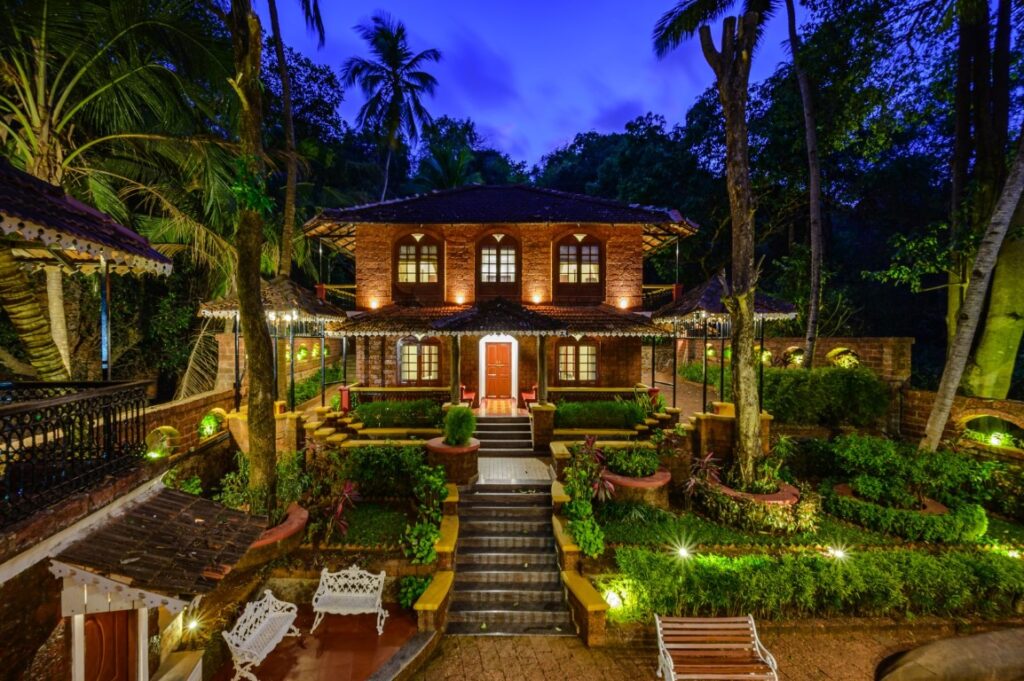

This is the former home of Victor Hugo Gomes, a well-known collector of Goan artefacts (more about him later in this article and his museums). It boasts its own impressive collection of seashells and corals, displayed in glass cabinets that cover the walls of the small dining room, named Sea Horse. Each of the nine bedrooms is named for a type of shell, and mine, which directly overlooks the tidal basin, is called Cones. This large basin was formed at the mouth of the river Sal as it enters the sea, giving the place its name, Three Waters, along with the other two waters, the Arabian Sea and a small natural spring, Maria del Fonte, a stone’s throw from the hotel. There is no immediate beachfront, but you can get the hotel’s ferryman to row you across the channel to Mobor beach when the tide is high.
Three Waters is a sanctuary for the frazzled soul, an ideal spot to restore one’s sense of well-being, offering a welcome escape far from the madding crowd who come in search of sand, sea, and surf. There is a small swimming pool which can be considered your own private fourth water. The service is typically Neemrana – low-key and unobtrusive, but friendly and helpful, the staff eager to be of service, and with warm, genuine Goan smiles all round. The menu has a good selection of Goan dishes. I would recommend the chili mutton coconut roast and the prawns Xec-Xec, a delightful preparation made with coconut, chili, peppercorn, and tamarind.
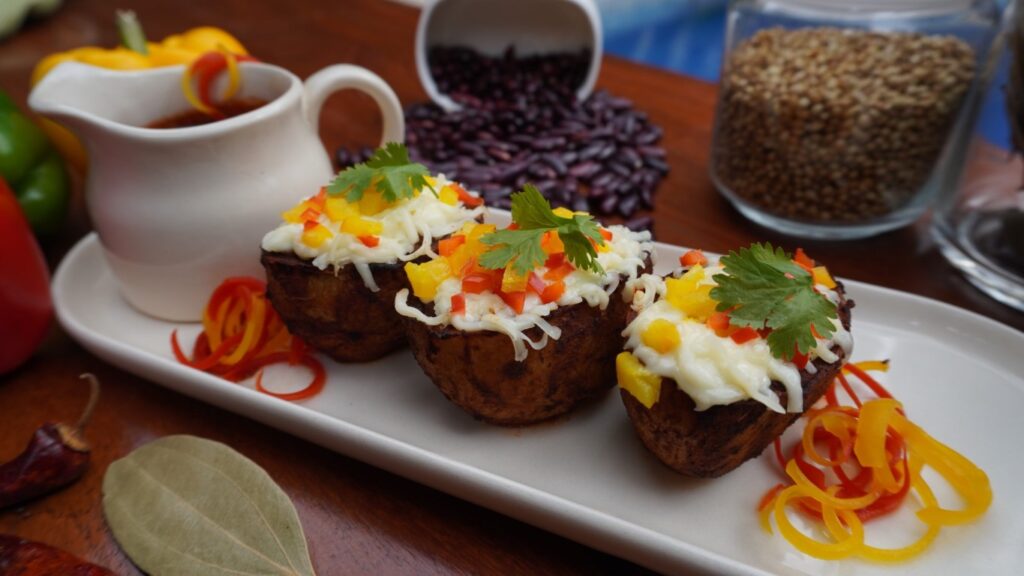

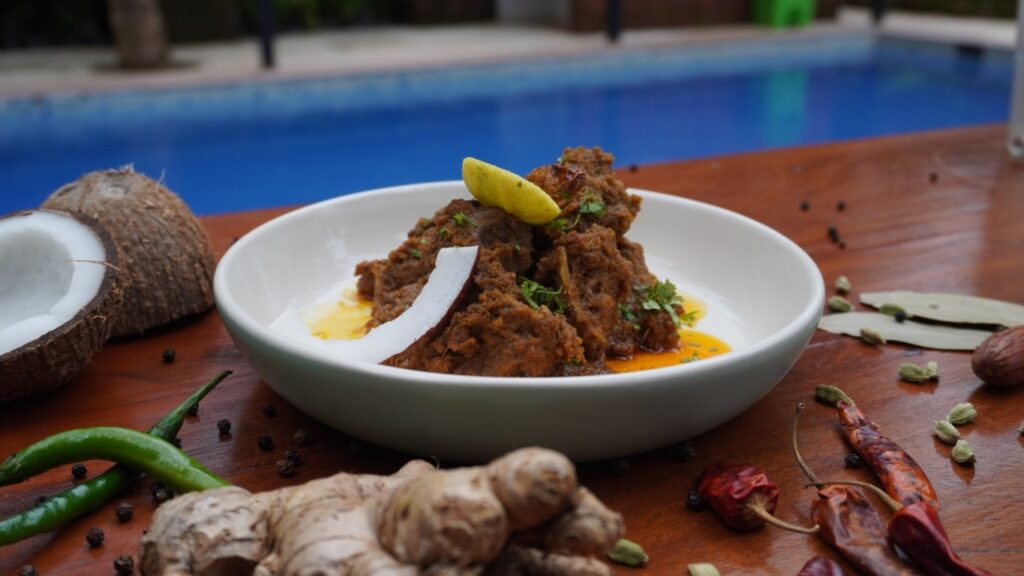

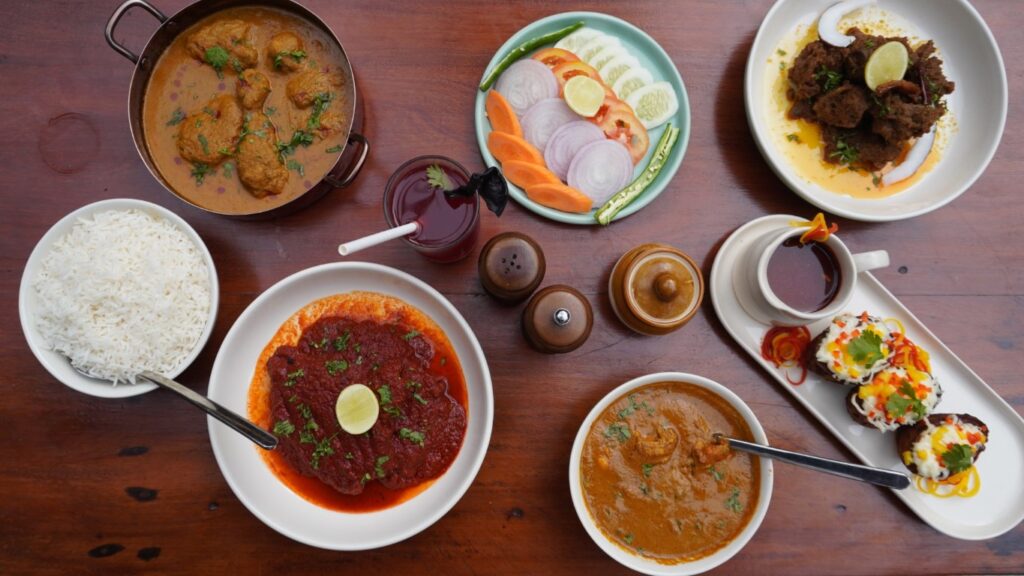

Following our museum visit (see the last section below), and with Victor and the Figueiredos as guests of honour, we partook of an excellent meal. The chef outdid himself, whipping up a delicious lunch of eggplant rava fry, kingfish cutlets, mackerel salad, Goan prawns, and steamed rice.
For me, the defining moment of my stay at Three Waters came one evening when I was sitting alone in the narrow balcony, gin and tonic in hand, and watching the tide come in to fill the basin as night fell. The black waters rose steadily to cover a few isolated clumps of rocks while the lights of Betul village glittered on the ripples and swirls of white surf. Nearer to shore a couple of blue-and-white fishing boats tugged at their bowlines like fish caught on a line, or dogs straining at their leash, adding to the serenity of this magical night scene.
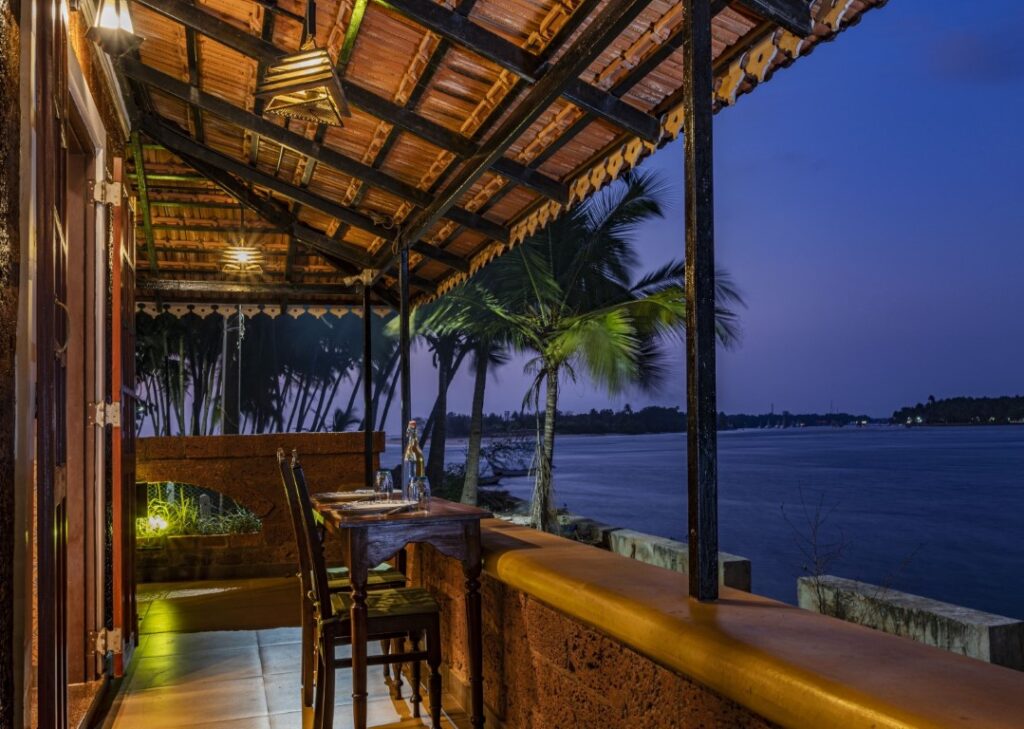

Tanshikar Spice Farm
Three Waters is a convenient base for venturing into the verdant interior of Goa, and the charming young manager, Corine, is happy to make arrangements for you to explore the many caves, quarries, lakes, and waterfalls in Quepem taluka.
For me, the highlight was the Tanshikar Spice Farm, a working organic spice farm which offers a variety of experiences. It is located about an hour’s drive from Three Waters, in Netravali village, Sanguern taluka.


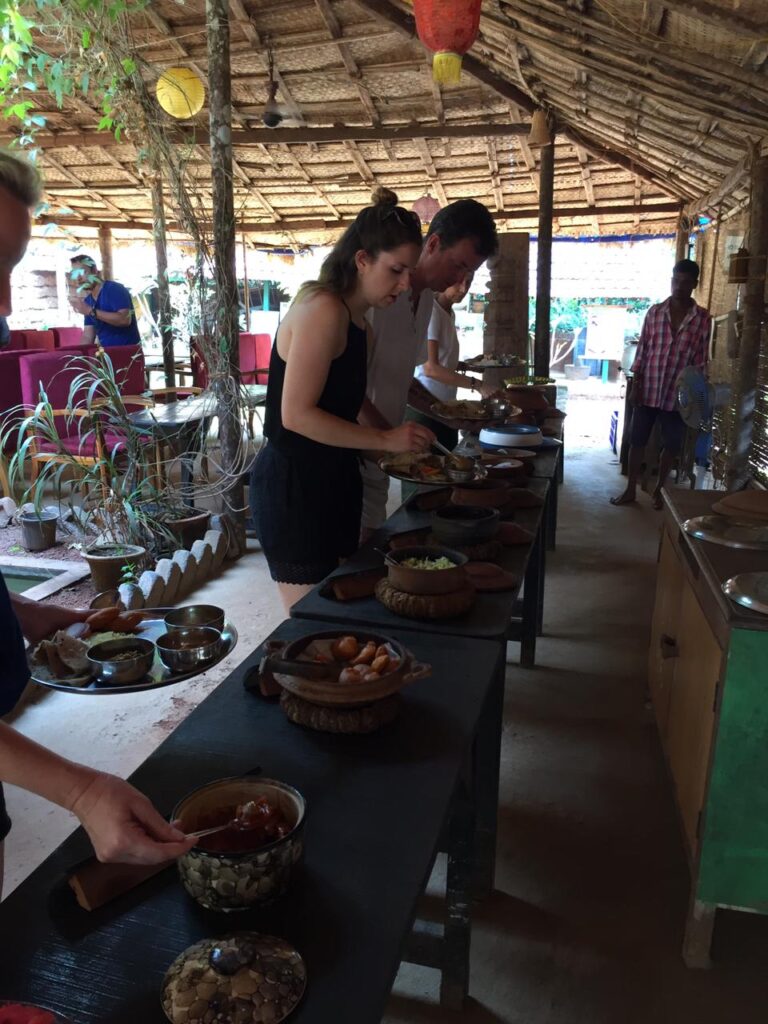

We were welcomed by Chinmay Tanshikar, spokesperson and caretaker of the farm, who ushered us to the restaurant. Here we enjoyed a delicious pure vegetarian Goan meal served in mud pots and cooked with local spices. What stood out was the pineapple curry, something I had never had before.
Following the meal, Tanmay guided us through the spice plantation (spread over 25 acres), pointing out many spices like cinnamon, cardamom, clove, vanilla, and black pepper along the way and describing their beneficial medicinal properties to a group of impressed American women on a yoga retreat. The tour (Rs 650, including lunch) looped back to the main reception area where you could buy all the spices that you had just seen on the farm. It also included a visit to the 250-year-old mud house where the Tanshikar family lives.
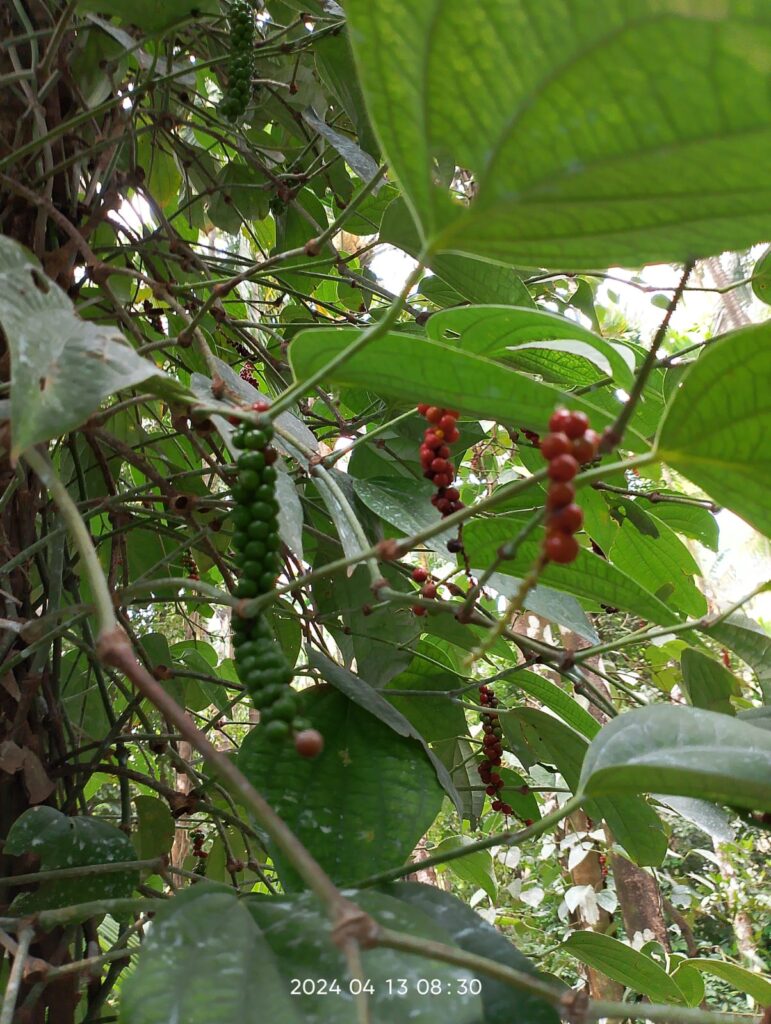

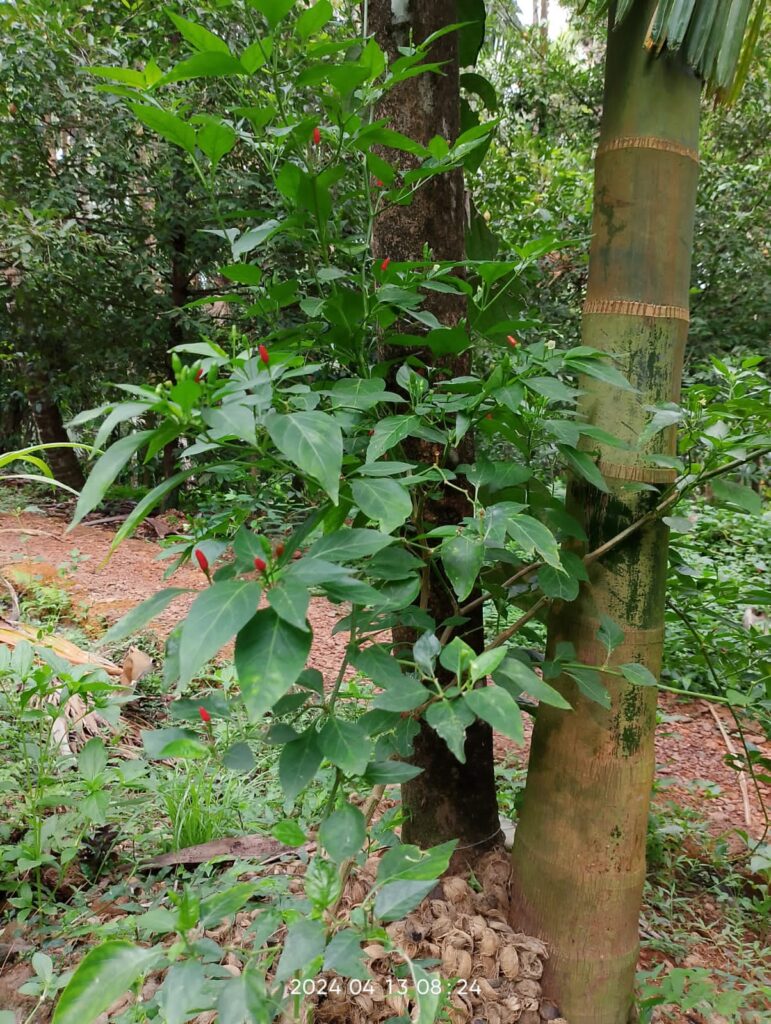

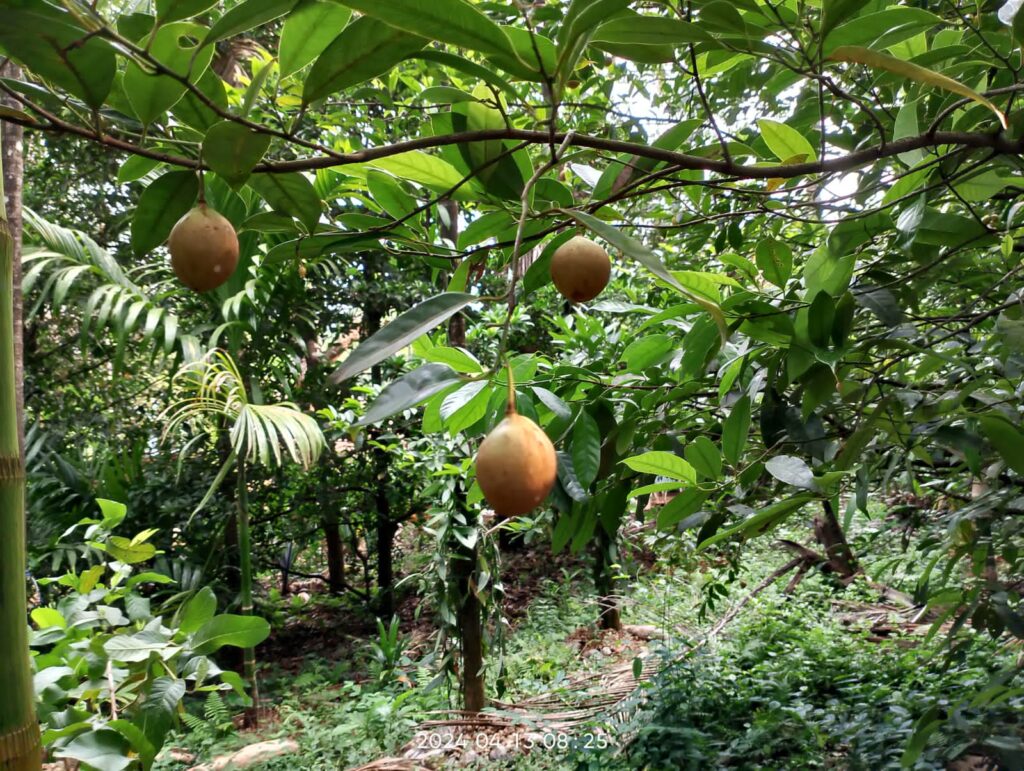

If you have more time, you can stay overnight at the farm. You can choose from a variety of rudimentary mud and wooden cottages and immerse yourself in the serenity of nature all round you. Also available for immersion is a swimming pool fed by a natural spring where the runoff water is used to irrigate the plantation through a sprinkler system. If you want to explore the forest farther afield, a jeep will take you to a nearby trail where you can trek to a waterfall and a naturalist will describe the natural flora and fauna along the way.
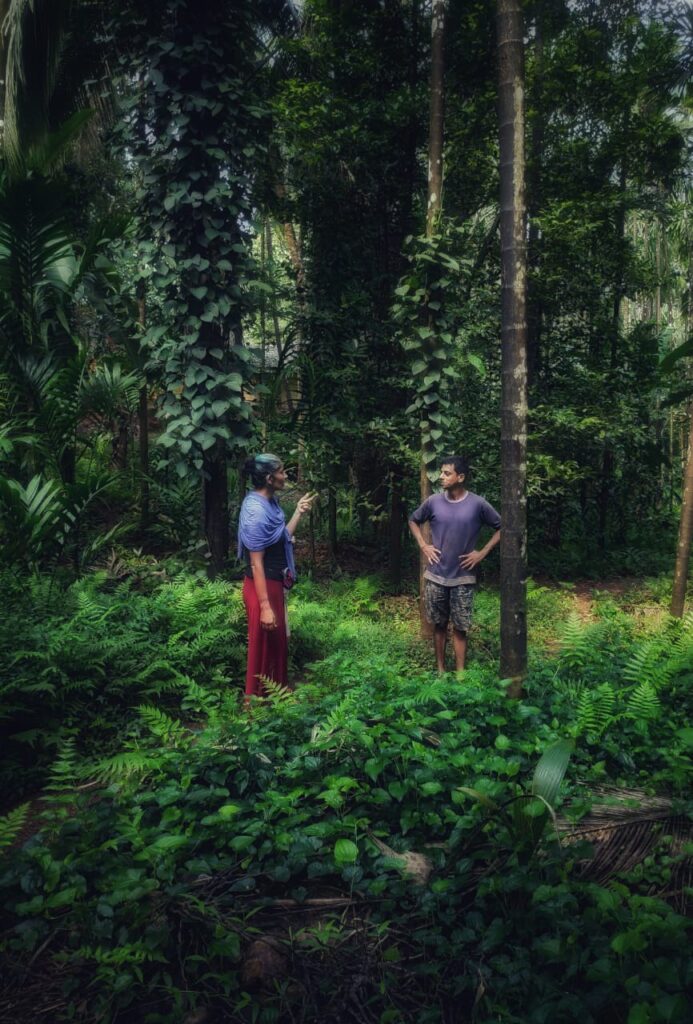

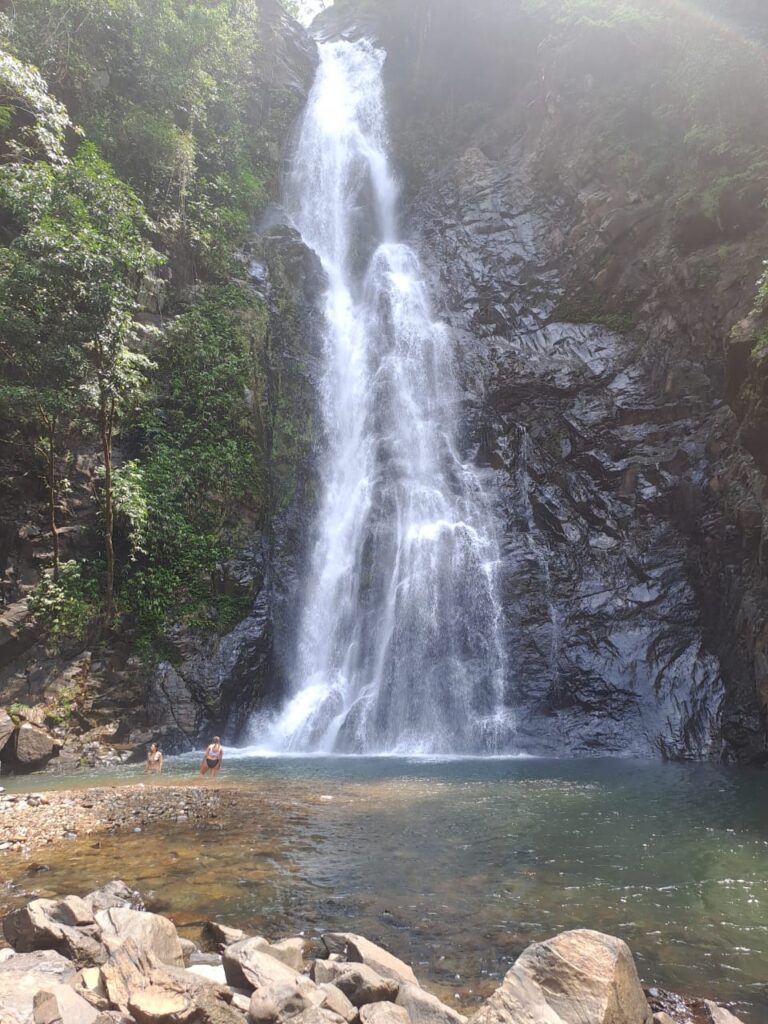

Goa Chitra Museum
One of the most remarkable personalities of Goa is Victor Hugo Gomes (whom we have referred to earlier), a tall, lanky man with an intense manner and a greying ponytail. He comes from one of Goa’s well-to-do families who trace their lineage back to the Portuguese. However, Victor, eschewing the traditional professions of law and medicine, chose a different path as an artist, curator, restorer, and conservationist, which ultimately led him to become a key figure in the struggle to preserve Goa’s cultural heritage. His outstanding creation is the Goa Chitra Museum in Benaulim, to which he has devoted decades of his life. He decided to guide us himself through the museum, along with my old friends Fatima and her son Pedro Figueiredo whose beautiful ancestral home I had reviewed in November 2021.
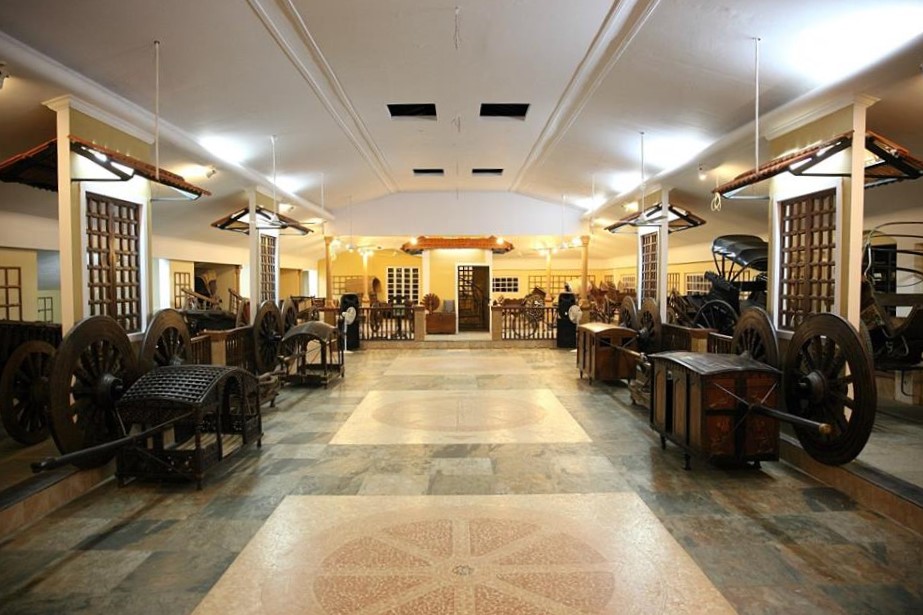

The museum is actually an amalgamation of three separate museums — the Goa Chitra Museum (2009), which is the flagship institution, the Goa Chakra Museum (2014), and the Goa Cruthi Museum (2016). One ticket of Rs 300 will give you access to all three.
Victor’s passion and commitment to his cause are clearly evident as he leads us through the Goa Chitra Museum, crammed full of artefacts and farm implements related to Goa’s agrarian roots and collected and restored by him over thirty years from old Goan homes. Next is the Goa Chakra Museum, devoted to a unique collection of seventy different specimens of non-mechanized transport, from carts to carriages to chariots and even a palanquin. And finally, there is the Goa Cruthi Museum, which pays homage to the Indo-Portuguese culture that characterized Goa from the beginning of the sixteenth century. The vast collection of artefacts demonstrates how the colonial culture adapted to, and was in turn influenced by, local styles, aesthetics, and craftsmanship. European-style chairs, tables, and cupboards made from teak and rosewood were elaborately decorated with motifs and symbols depicting local marine, flora, and fauna.
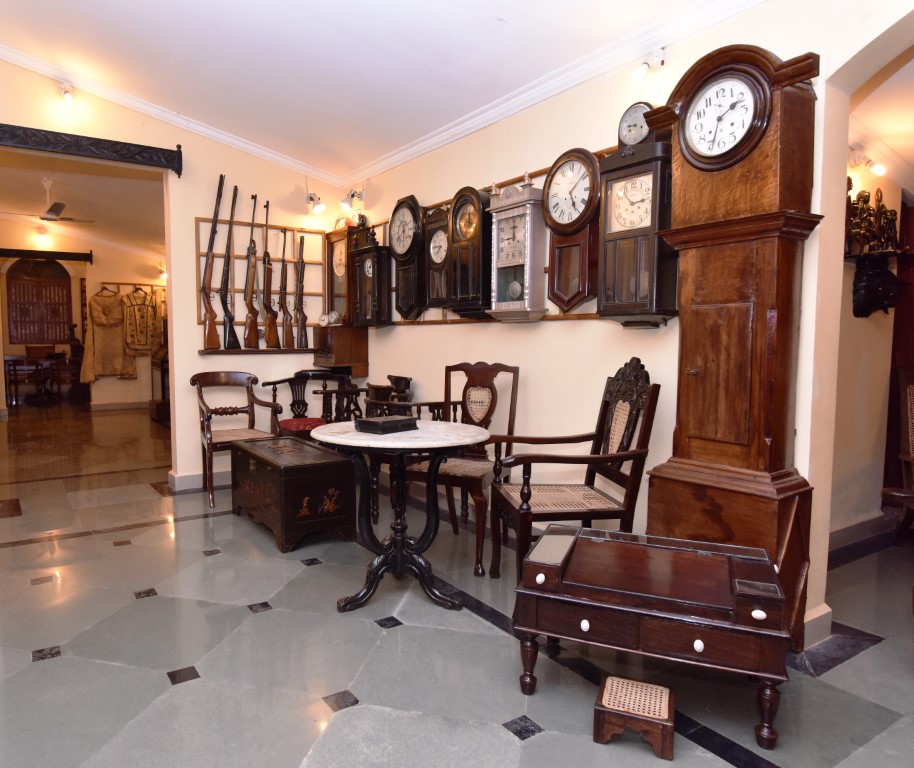

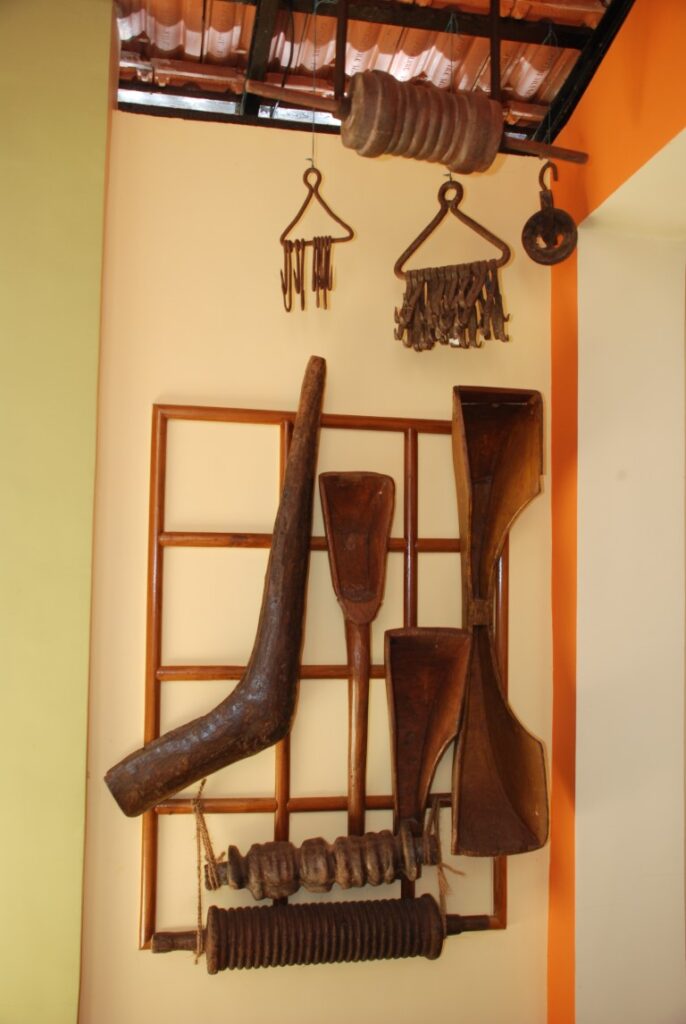

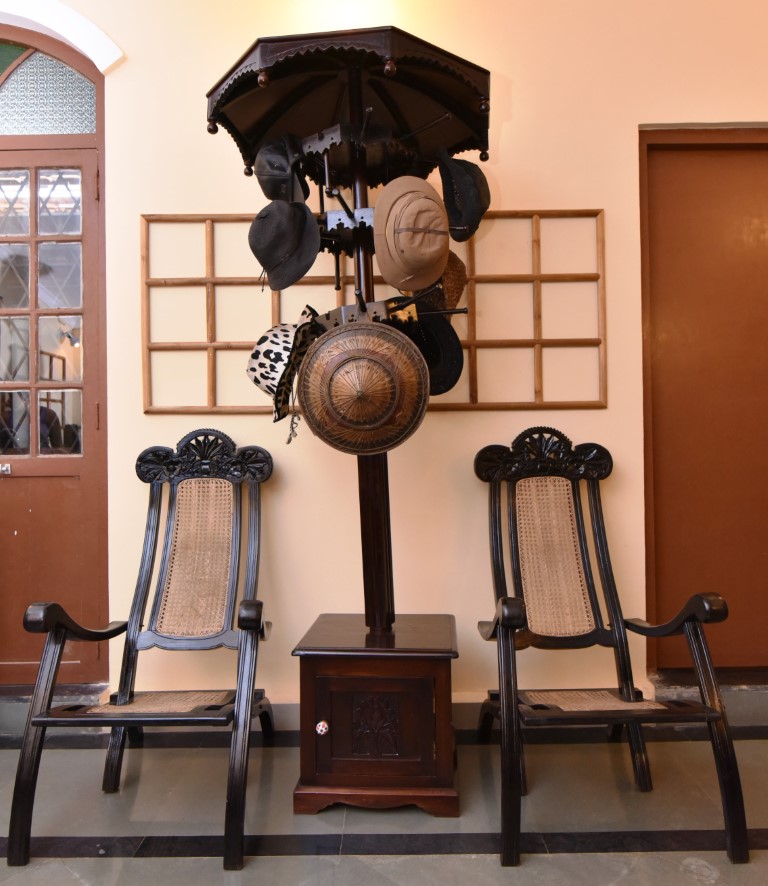

A frustrating aspect of the museum is the lack of any proper signage or labelling of the exhibits except for the Goa Chitra Museum which makes a perfunctory attempt to do so. Victor, the founder of the museum and a man of strong views, believes that the visitor gets a much more personal and rewarding experience from the guide who accompanies you around and whose services are included in the price of the ticket. I am not entirely convinced and feel that it may have something to do with all revenues being deployed for the restoration and expansion of the collection which is what is most important for a serial collector like Victor. For all that, the Goa Chitra Museum offers a highly illuminating journey through the culture and heritage of this unique little corner of India.
![]()
![]()

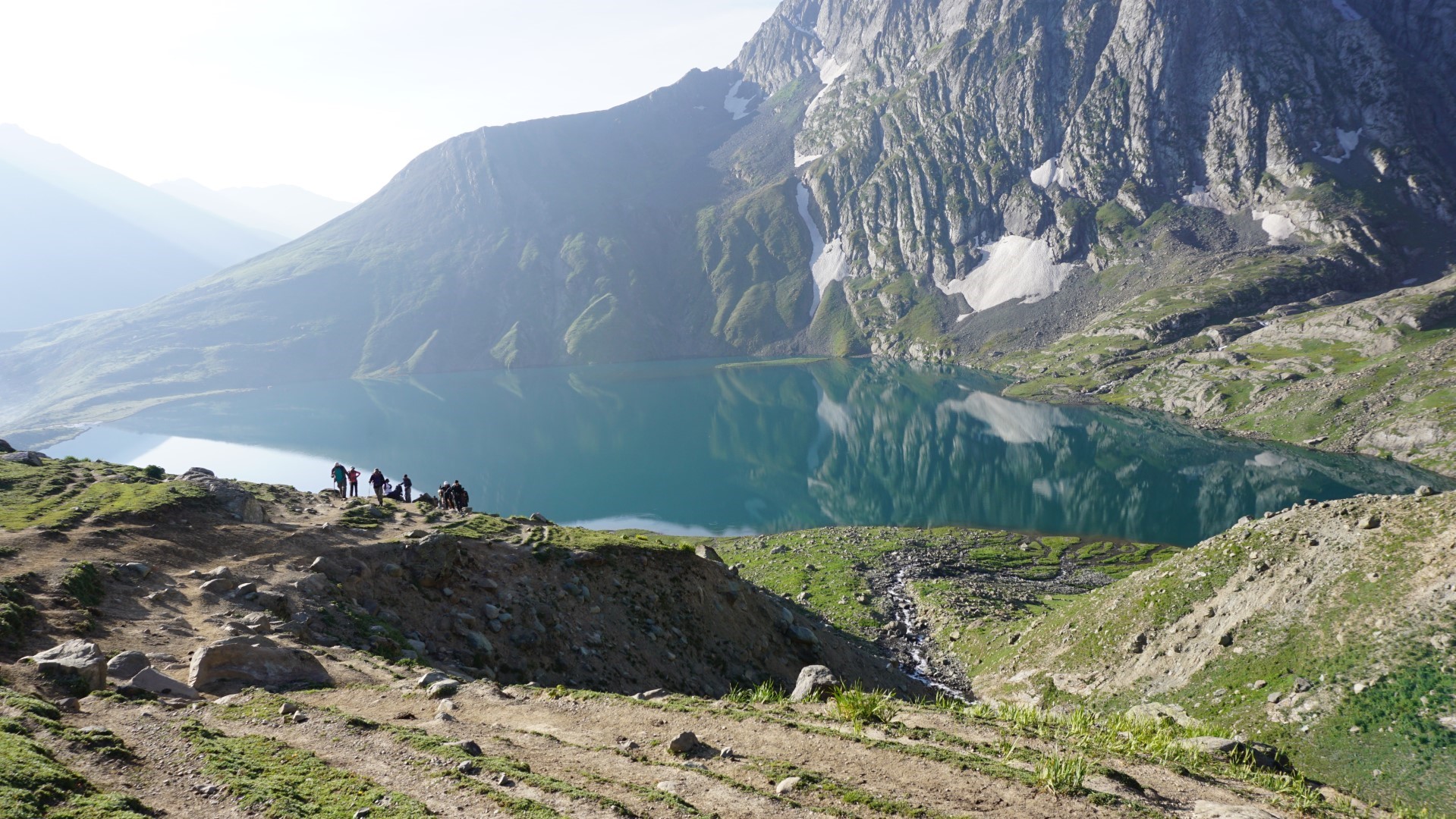
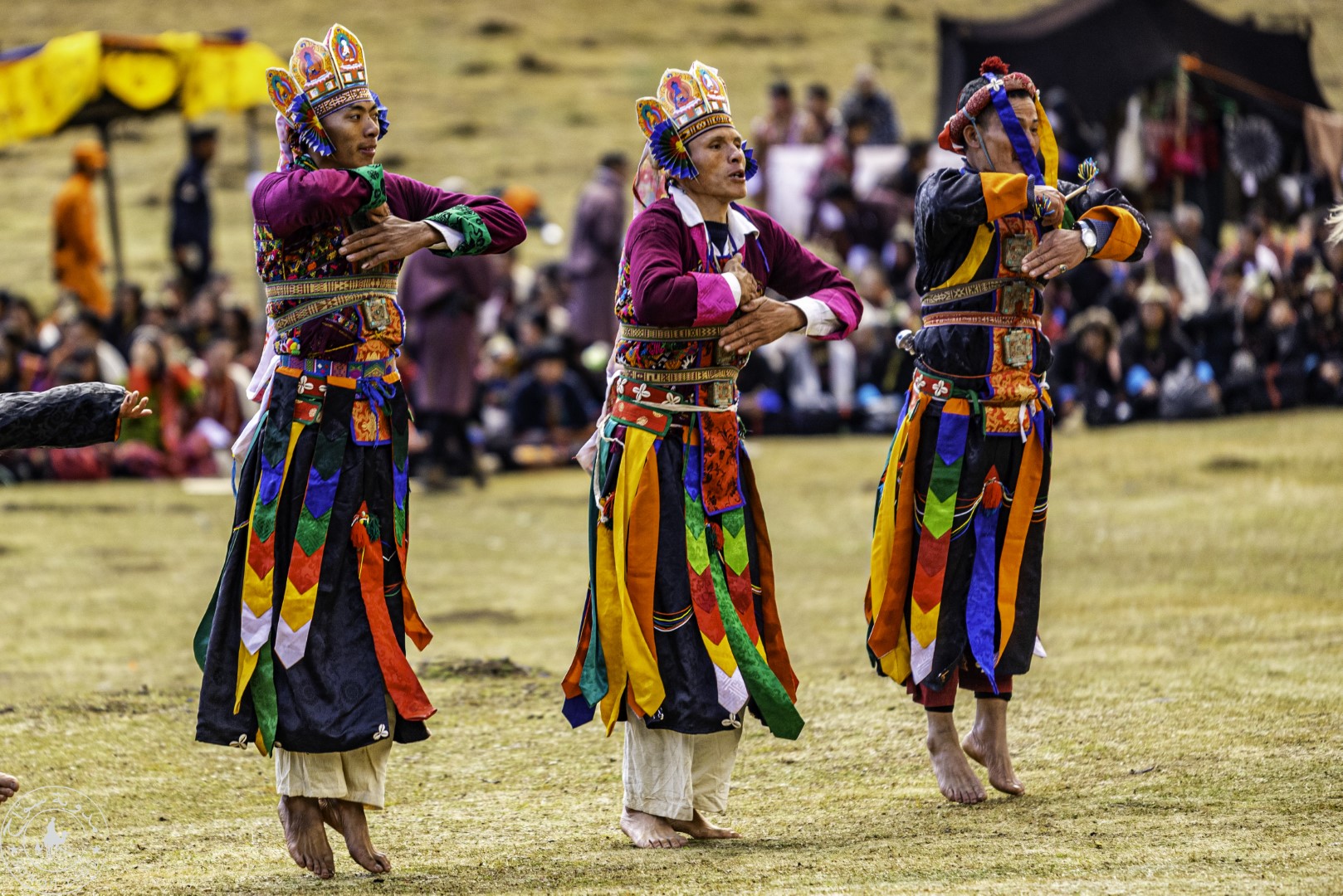

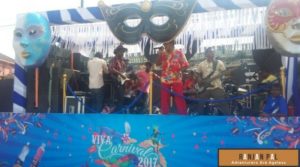
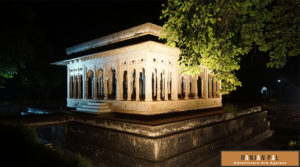
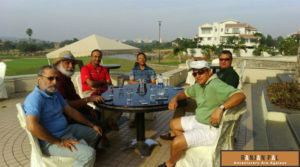
Very well written!! Will definitely try a couple of places mentioned here. Some parts of the article actually place you in the same setting as the author and you long to be there! First, in my list would be The Three Waters!